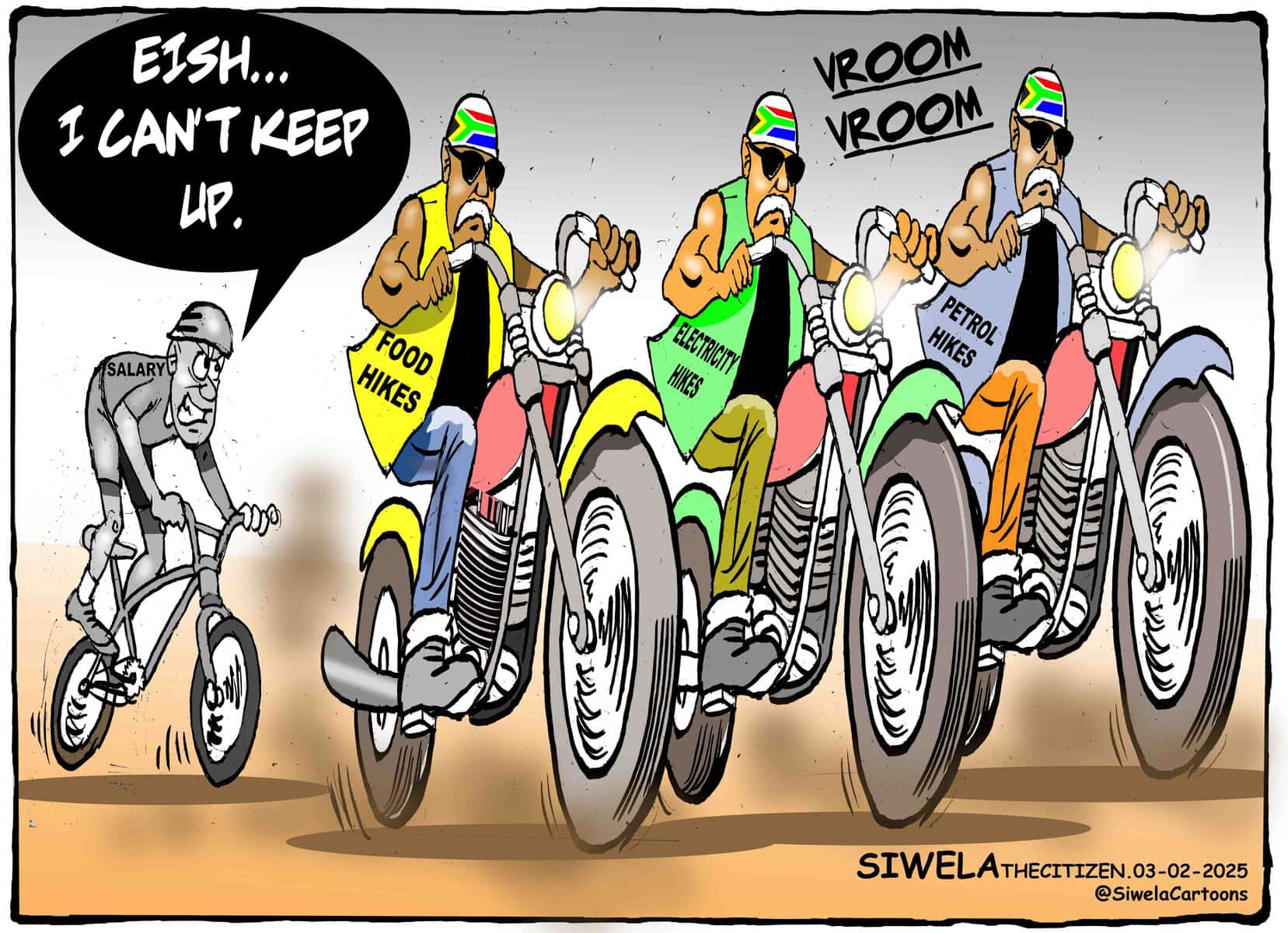
Consumers who were relieved that the National Energy Regulator of South Africa (Nersa) did not allow Eskom’s 36% tariff increase or the 18% analysts expected must still contend with the fact that the 12.7% increase is three times the inflation rate.
In addition, analysts expect that Eskom will simply try to offset the rest of the increase it wanted by getting another bailout from National Treasury.
Wayne Duvenage, CEO of the Organisation Undoing Tax Abuse (Outa), says Outa is also somewhat relieved that the Eskom electricity tariff increases approved by the Nersa are not as high as initially feared.
“However, the increase of 12.74% from 1 April 2025 (followed by 5.36% in 2026 and 6.19% in 2027), is still three times that of inflation and comes on the back of grossly inflated electricity hikes over the past 15 years, which has made the price of electricity out of touch with the economic realities of South Africans.
“While we expected Nersa to keep to the past traditional minimal reductions and approve an even higher increase, the reality is that this hike is still far too much for consumers and businesses already struggling to keep the lights on.”
He points out that electricity tariffs have more than doubled since 2020. “Nersa’s approval means that the average standard tariff for Eskom customers will increase from 195.95 cents per kilowatt-hour (c/kWh) to 220.92c/kWh on 1 April, an increase of 12.74%.
“By 2027, this figure will further escalate to 247.16c/kWh. Since April 2020, the average price of electricity has doubled from 110.93c/kWh, placing a massive burden on already stretched consumers and businesses.”
This is the average standard tariff and Eskom has also submitted its retail tariff plan to Nersa, which details the different tariffs and is required to ensure that Eskom’s overall revenue does not exceed the amount Nersa approved.
Therefore, Duvenage says many tariffs will be higher than the average. “The price Eskom will charge municipalities for bulk supply in that tariff plan must still be set, and the municipalities must then set their own tariffs – also to be approved by Nersa – to implement from July.
“For the average household, this means significantly higher monthly electricity bills, placing further strain on struggling consumers. These hikes far outstrip inflation and come at a time when the country is grappling with economic hardship.”
Read the full story here: At least electricity tariff increase is not 36%, but still 3 times inflation rate
Download our app